CATCHMENT AREA PROTECTION
(ca 'tchment n. area from which rainfall flows into river, reservoir etc)
The land around the spring is called a catchment area. It's where rainwater is naturally collected and filtered before it enters the aquifer. We're fortunate to own the spring and the rural land that surrounds it, which allows us to trace the water's journey from precipitation to the bottle.
